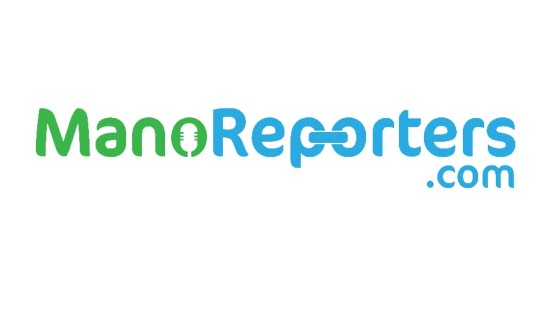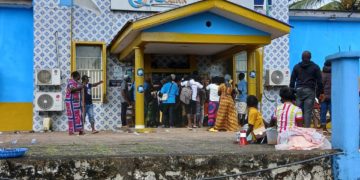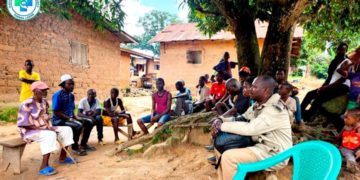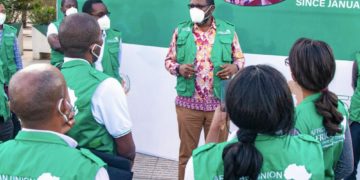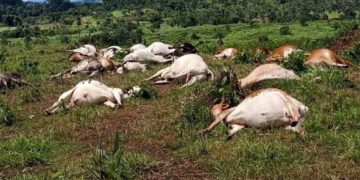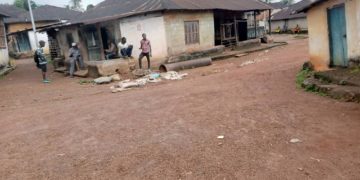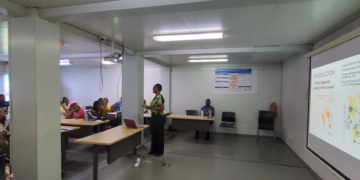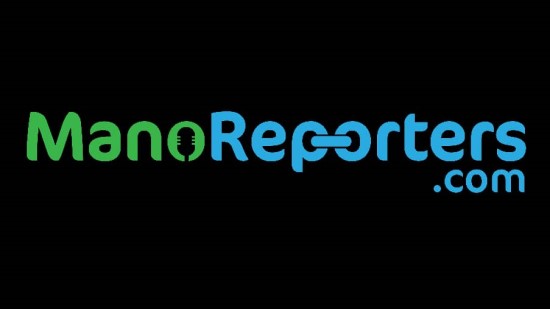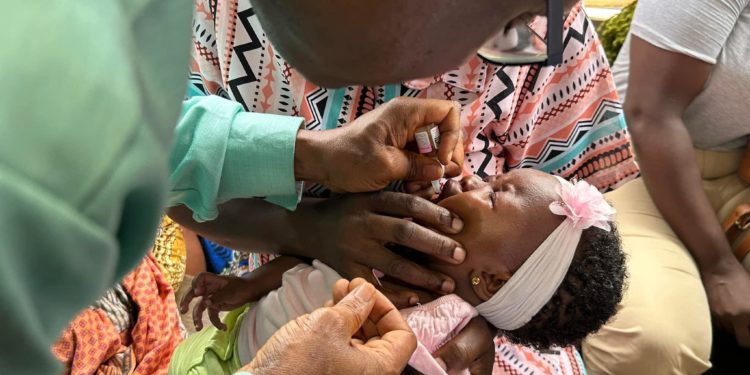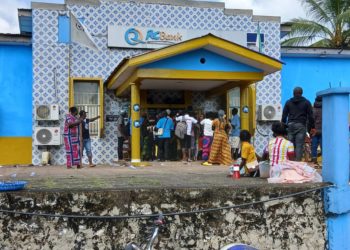By Kemo Cham
Sierra Leone and its Mano River Union (MRU) neighbours have launched a coordinated mass vaccination campaign to prevent a resurgence of Poliomyelitis in the region.
Nine million children, from 0 – 59 months, are being targeted for vaccination against the viral disease across six countries, including Guinea, Liberia, Cote d’Ivore, Burkina Faso and Mali, in a four-day exercise.
The World Health Organization (WHO) says these are among 12 countries in the West and Central Africa region that have been experiencing sporadic outbreaks of the virus in the last few years.
Polio, also known as Poliomyelitis, is a disease that mainly affects children under five years of age. It affects the nerves in the spinal cord or brain stem. In its most severe form, it can lead to paralysis, and potentially death, due to difficulty in breathing.
Officials of the Ministry of Health and their local and international partners launched the vaccination exercise on Friday, May 10th with calls for parents of eligible children to ensure they are vaccinated.
Deputy Minister of Health 1, Dr Charles Senesie, said vaccination is a proactive effort by government to protect its children from various killer diseases, including polio.
“Today is another historic day for Sierra Leone, especially for children,” he said at a small launching ceremony at the Rush Road community health center in the east end of Freetown.
Unlike its neighbuors, Sierra Leone has not recorded any human case of polio since 2020. The need for vaccination aroused with the detection of the Type 2 polio virus in a sewage system in Marbela, one of Freetown’s most densely populated slums, last March.
Therefore, some 1.5 million children will be administered with a dose each of the Type 2 Polio virus oral vaccine.
Volunteers will move from house-to-house to administer the vaccine.
Health officials told journalists at a press conference on the eve of commencement of the exercise that while Sierra Leone didn’t detect the virus in a human, the fact remains that someone is shedding the virus in the community, which calls for protection of children nationwide.
Over 4000 vaccination teams comprising over 14, 000 vaccinators have been deployed nationwide as part of the campaign. Hundreds of traditional and religious leaders are serving as social mobilizers and monitors of the exercise to guarantee effectiveness.
The campaign is being conducted in two rounds, with the second round scheduled for June.
The UN children’s agency, Unicef is providing the vaccines through the support of the global vaccine alliance, GAVI.
A total of 1.8 million doses were deployed prior to Friday for use in the first round in Sierra Leone. The same quantity was expected to arrive in the country within the week ahead of the second round next month.
Sierra Leone is struggling to maintain its polio free status, 14 years since the last wild polio virus case was detected in the country in 2010.
According to WHO, of the three strains of wild poliovirus (type 1, type 2 and type 3), wild poliovirus type 2 was eradicated in 1999 and wild poliovirus type 3 was eradicated in 2020. As at 2022, endemic wild poliovirus type 1 remains in only two countries – Pakistan and Afghanistan.
Elsewhere, it is the vaccine derived strains, also known as circulating vaccine derived poliovirus (cVDPV), that exist.
According to WHO data, 23 countries in the WHO Africa Region recorded cases of the circulating cVDPV2 between 2020 and 2021.
In Sierra Leone, the data shows, between December 2020 and June 2021, a total of 34 confirmed cases were recorded.
The latest discovery of the virus in the Marbela sewage system came shortly after detection of the less dangerous type 3 poliovirus in a child in Kambia. But health authorities say that both of those incidents were vaccine derived polioviruses, which are weakened form of the virus used to manufacture the vaccine.
Vaccine derived polioviruses are rare, and experts say they circulate only due to low vaccination rate within a population.
The Sierra Leone health ministry says its objective is to cover at least 95 percent of children. They will be targeted irrespective of vaccination status, with the possibility of mop up operations.
Sierra Leonean authorities are working in close coordination with their counterparts in Guinea and Liberia, with which the country share physical borders. The goal, the officials say, is to ensure that no child is left out in all countries in the region.
“This outbreak is not limited to Sierra Leone, in fact its related to Guinea. So, it is an importation from Guinea. But it couldn’t have got here if everything was okay, which means we are at high risk,” noted
Dr Thompson Igbu, WHO Sierra Leone’s vaccine lead.
“Our target is huge. We don’t want to miss anyone. No matter how effective the routine immunization programme is, you are going to miss one or two children. That’s why supplementary campaign is important,” added Dr Mohamed Alex Vandi, Deputy Executive Director at the National Public Health Agency.
The fear of the health ministry is the effect of dis and misinformation on public acceptance of the vaccine.
To this end, training sessions were conducted for media practitioners as well as traditional and faith leaders ahead of the campaign nationwide.
Harold Thomas, Manager of the Health Education Programme in the Ministry of Health, said that local authorities and religious leaders, as well as the media, are crucial in sensitization and mobilization efforts.
“The idea is to prepare participants to help influence public perception about the vaccination campaign,” Thomas said.
